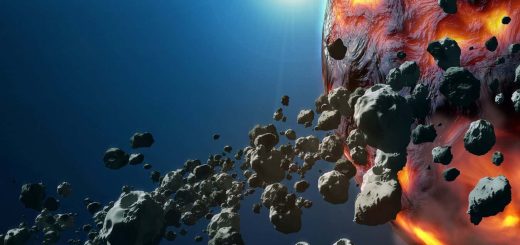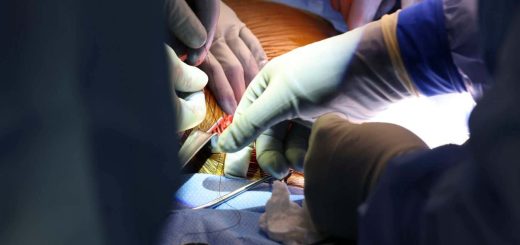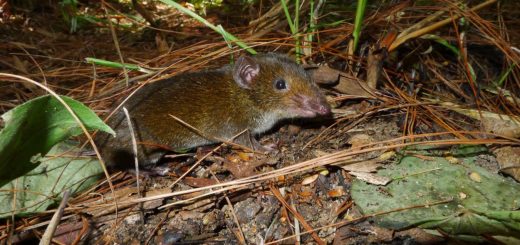We’re getting close to recreating the first step in evolution of life
Life is thought to have begun when RNA began replicating itself, and researchers have got close to achieving this in the lab
By Michael Le Page
28 May 2025
RNA is thought to have played a key role in life getting started
Shutterstock/nobeastsofierce
The goal of understanding how inert molecules gave rise to life is one step closer, according to researchers who have created a system of RNA molecules that can partly replicate itself. They say it should one day be possible to achieve complete self-replication for the first time.
RNA is a key molecule when it comes to the origins of life, as it can both store information like DNA and catalyse reactions like proteins. While it isn’t as effective as either of these, the fact that it can do both means many researchers believe life began with RNA molecules that were capable of replicating themselves. “This was the molecule that ran biology,” says James Attwater at University College London.
Read more
A whole new world of tiny beings challenges fundamental ideas of life
Advertisement
But creating self-replicating RNA molecules has proved difficult. RNA can form double helices like DNA and can be copied in the same way, by splitting a double helix in two and adding RNA letters to each strand to create two identical helices. The problem is that RNA double helices stick together so strongly that it is hard to keep the strands separate for long enough to allow replication.
Now, Attwater and his colleagues have found that sets of three RNA letters – triplets – bind strongly enough to each strand to prevent this rezipping. Three is the sweet spot, says Attwater, as longer sets are likely to introduce errors. So, in the team’s system, an RNA enzyme in double-helix form is mixed with triplets.
The solution is made acidic and warmed to 80°C (176°F) to separate the helix, allowing the triplets to pair up and form the “rungs” of the double helix. The solution is then made alkaline and cooled to -7°C (19°F). As the water freezes, the remaining liquid becomes highly concentrated and the RNA enzyme becomes active and joins up the triplets, forming a new strand.


